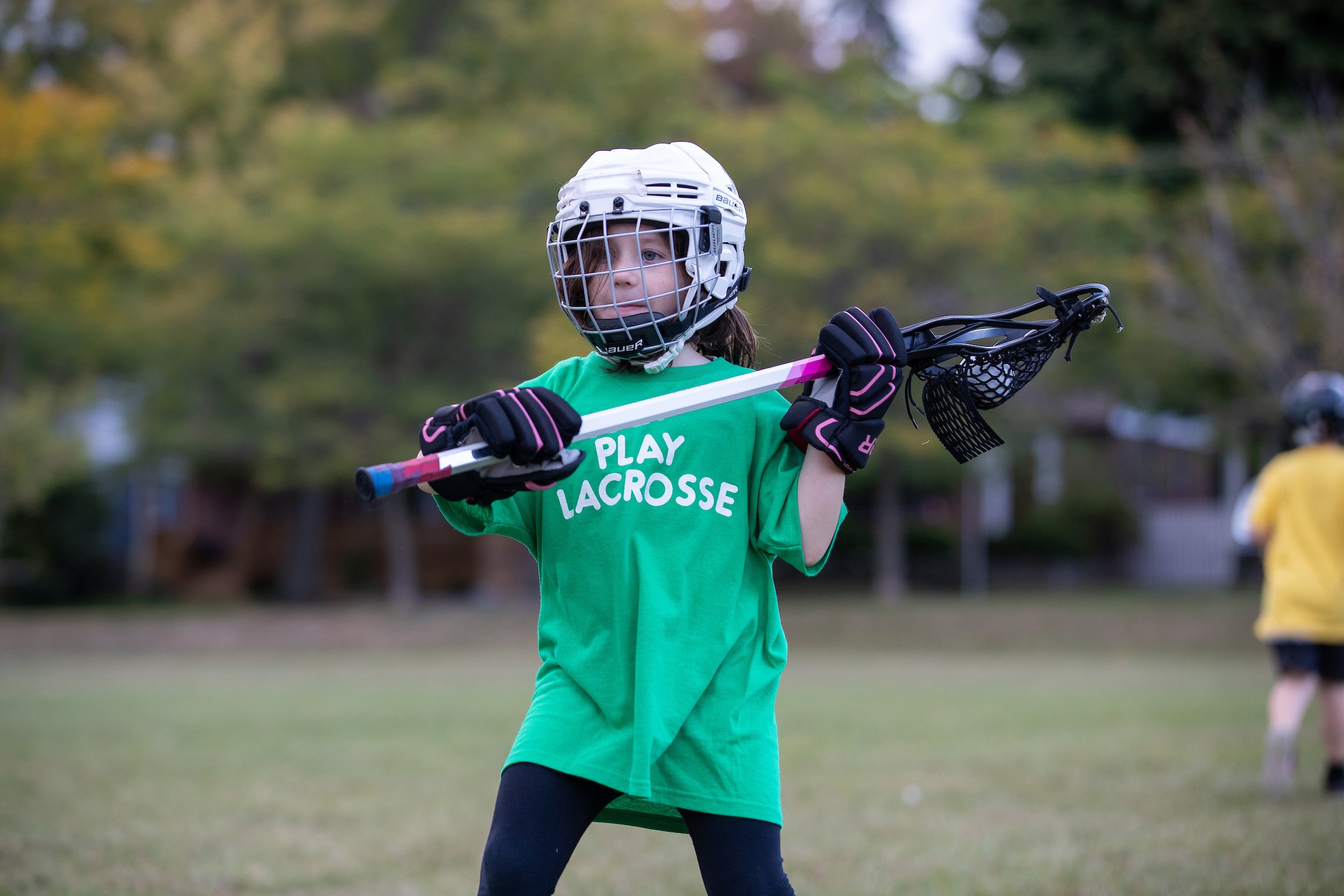
-
We get it—lacrosse is a little confusing. The sport is divided into three sectors, well, four if you include Sixes (the new Olympic version of the sport). The main sectors are Box Lacrosse, Men’s Field Lacrosse and Women’s Field Lacrosse and each has their own set of rules.
Box Lacrosse
Box lacrosse is the indoor version of lacrosse. The game originated here in Canada, where it is the most popular version of the game. There are six players on the floor for each team (5 players and 1 goalie) and is traditionally played in an ice hockey rink once the ice has been removed.
Men’s Field Lacrosse
Men’s Field lacrosse is an outdoor version of lacrosse. There are 10 players on the field; 3 attack, 3 midfielders, 3 defence and a goalie. Substitutions are done on the fly, mostly for the midfielders, who play the entire length of the field. The attack will generally remain on the offensive half of the field while the defense (long poles) will remain on the defensive half. Players may exchange positions as long as another player remains in the area as a temporary replacement.
Women’s Field Lacrosse
Women's Field Lacrosse is another outdoor version of the sport for women. It was introduced in 1890 in St Andrews, Scotland. The women’s game is played with twelve players on each team and the rules of women's lacrosse differ significantly from Men's Field Lacrosse. There is no body contact. Equipment required to play is also different. The stick has a shallow pocket and is checked before every game and after every goal for conformity to the rules. Women are only required to wear a mouthguard, and protective goggles.
-
Ontario Lacrosse, like many other sports, recently implemented the “Ux” naming convention across all its programs. This naming convention replaced the traditional Tyke, Novice, Bantam naming convention in box lacrosse.
“U” stands for Under and the number is the age your child cannot be to play in that division. That means that a U7 program is for players who have not and will not turn 7-years-old in the current playing year.
Ontario Lacrosse uses the odd number naming convention and age divisions are grouped into 2-year increments all the way up through minor. In box lacrosse, we start at U5, then U7, U9, U11, U13, U15 and U17. Men’s and Women’s field lacrosse begins and U9. Players are not allowed to play down at younger levels.
-
There is no residency requirement for local house leagues. Players participating in house league lacrosse exclusively are able to register with any centre of their choice, regardless of where they live. No release required.
Players looking to register for a Rep program must register with their home club. One of the key differences that sets lacrosse apart from other sports is our residential boundary regulations, which are specifically designed to maintain the hometown, community aspect of youth sport.
-
Lacrosse is considered one of the safest youth sports, with the fewest amount of youth injuries, ranking safer than hockey, soccer, football and basketball, despite the high pace and physical nature of the game. Safety in lacrosse is emphasized through non-contact or modified contact rules in most house league programs, which are designed to protect young players and focus on their skill development.
At the Rep level in Box Lacrosse and Men’s Field Lacrosse, contact is introduced at U9 under strict regulations that prioritize player safety. Women's Field Lacrosse remains a non-contact discipline, focusing on speed, strategy, and skill development.
The enforcement of safety rules, the mandatory use of protective gear, and the promotion of sportsmanship and respect among players contribute to lacrosse's strong safety record. As in all sports, proper coaching and adherence to rules are crucial for maintaining a safe environment for all participants.

